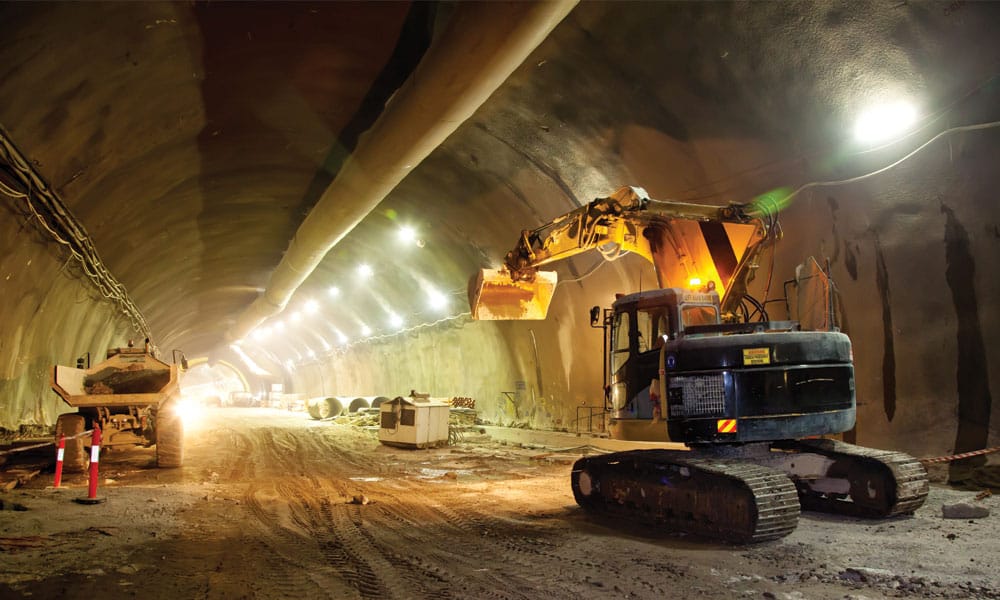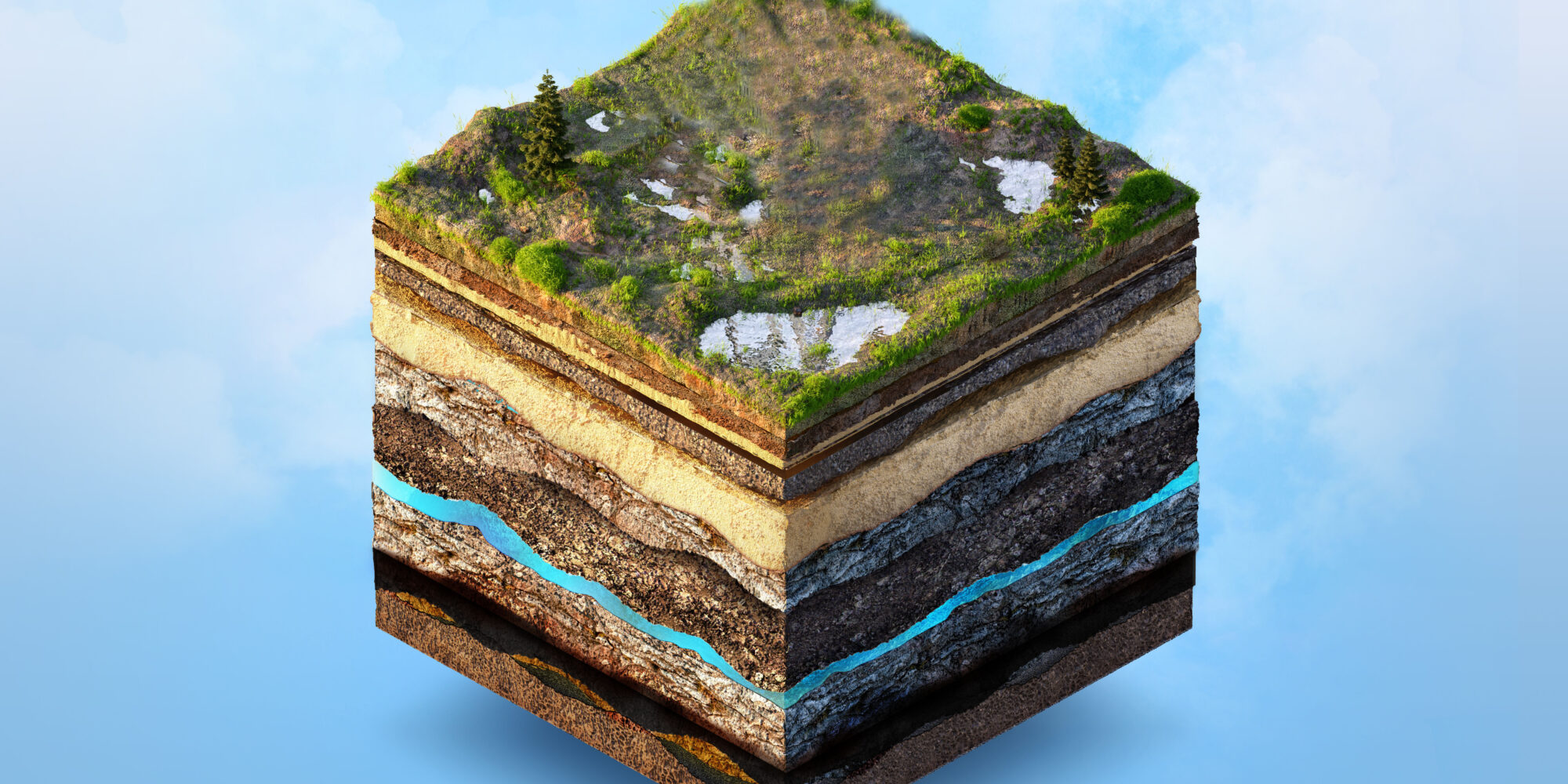Leading Benefits of Using Geotheta in Geotechnical Research Study and Applications
Leading Benefits of Using Geotheta in Geotechnical Research Study and Applications
Blog Article
Diving Into Geotechnical Providers: the Essential Function of Dirt Evaluation, Earthquake Danger Evaluation, and Geosynthetics in Structure Lasting and Safe Structures
Soil analysis, quake threat evaluation, and the implementation of geosynthetics are vital parts that make sure the stability and longevity of structures. By comprehending the composition of the dirt, forecasting seismic risks, and integrating innovative products, designers can reduce threats and improve the resilience of framework.

Importance of Soil Evaluation
Understanding the significance of dirt evaluation is essential in making sure the architectural integrity and stability of any type of building and construction project. Soil analysis supplies crucial information regarding the dirt make-up, strength, and potential risks that may impact the structure of a framework. By performing thorough soil analysis, engineers can identify the proper structure style, building approaches, and needed safety measures to alleviate any kind of possible threats.
Among the key factors dirt evaluation is essential is its duty in recognizing dirt properties that could impact the stability of a building. Elements such as soil bearing capacity, negotiation features, and water web content can dramatically affect the architectural performance of a construction project. Without correct dirt evaluation, the foundation may go to threat of clearing up unevenly, leading to structural damages or perhaps collapse in time.
Moreover, dirt evaluation assists in assessing the threat of all-natural catastrophes such as quakes, landslides, or floodings. By understanding the dirt's habits under different problems, engineers can apply appropriate steps to boost the durability of the structure and make certain the security of occupants. geotheta. To conclude, soil evaluation is an essential action in the building process that must never be forgotten
Assessing Quake Dangers
Offered the essential role of dirt analysis in establishing structural security, it is vital to also examine quake risks when preparation and constructing structures and framework. Quake threat analysis includes evaluating the prospective seismic threats that a site might encounter based on its place and geological characteristics. This process aids engineers and designers understand the level of threat posed by earthquakes and help in making structures that can stand up to such occasions.
Assessing earthquake dangers commonly involves studying historical seismic activity in the area, establishing the site's proximity to fault lines, and examining the dirt make-up to predict how the ground will reply to seismic waves. By performing a comprehensive earthquake danger evaluation, designers can implement appropriate mitigation steps, such as integrating seismic-resistant style functions right into structures, to improve their durability versus earthquakes.

Role of Geosynthetics
Geosynthetics play a critical function in enhancing the performance and durability of civil engineering frameworks. These synthetic products, such as geomembranes, geotextiles, and geogrids, offer a wide variety of functions that add to the overall stability and durability of numerous building jobs. One vital aspect of geosynthetics is their support capacity, where they can improve the strength of soils, providing look what i found improved assistance for roads, embankments, and preserving walls. By distributing tons extra effectively and decreasing settlement, geosynthetics aid prevent structural failures and keep the honesty of the constructed setting.
Moreover, geosynthetics act as barriers, supplying defense versus water infiltration, chemicals, and other hazardous substances that could endanger the architectural stability of a project. They are also made use of in water drainage applications to facilitate the efficient circulation of water, stopping saturation and erosion of soil. Along with their technological functions, geosynthetics are valued for their sustainability, as they can lower the demand for natural resources and reduced building costs. Generally, the tactical incorporation of geosynthetics is crucial for making certain the durability and safety of modern-day facilities tasks.
Structure Lasting Structures
The execution of ecologically aware practices in building and construction is critical for cultivating the development of sustainable frameworks. Building sustainable frameworks involves using products and design methods that decrease environmental effect, reduce energy usage, and advertise long-term durability. Including sustainable methods such as making use of recycled products, enhancing power performance, and executing environment-friendly structure certifications like LEED can substantially boost the environmental performance of a structure.
One secret facet of structure lasting structures is the efficient use sources. This consists of designing buildings that make best use of all-natural light, air flow, and insulation to reduce the reliance on synthetic illumination, home heating, and cooling down systems. Furthermore, incorporating read more renewable resource resources such as photovoltaic panels or wind generators can further decrease the carbon footprint of a building while also possibly decreasing long-term power prices.
In addition, lasting frameworks usually focus on water preservation by including attributes like rain harvesting systems, low-flow fixtures, and drought-resistant landscaping. By adopting these eco-friendly techniques, building and construction tasks can not just minimize their environmental impact but additionally add to producing healthier and much more resilient constructed settings for future generations.
Ensuring Security in Building
In the world of sustainable building techniques, a fundamental concern is ensuring the safety of all workers entailed in the building process. Security in building and construction includes numerous facets, including the use of appropriate individual safety equipment (PPE), adherence to security procedures, normal training on threat recognition and mitigation, and the application of emergency situation feedback strategies.

Final Thought
Finally, soil analysis, quake threat assessment, and the use of geosynthetics play critical roles in guaranteeing the sustainability and safety and security of frameworks. By understanding the buildings of dirt, evaluating earthquake dangers, and making use of geosynthetics for support, designers can build structures that are both resilient and durable. It is important for building experts to focus on these geotechnical solutions to develop lasting and secure structures for the future.
Dirt evaluation, quake danger analysis, and the execution of geosynthetics are essential parts that make certain the honesty and long life of structures. Dirt evaluation supplies necessary info go to this website regarding the soil structure, strength, and potential risks that might influence the structure of a structure.One of the main reasons soil analysis is important is its role in identifying dirt buildings that can influence the stability of a building.In verdict, dirt analysis, earthquake threat analysis, and the use of geosynthetics play essential duties in ensuring the sustainability and safety of structures. By recognizing the homes of dirt, assessing earthquake risks, and making use of geosynthetics for support, engineers can develop frameworks that are both durable and durable.
Report this page